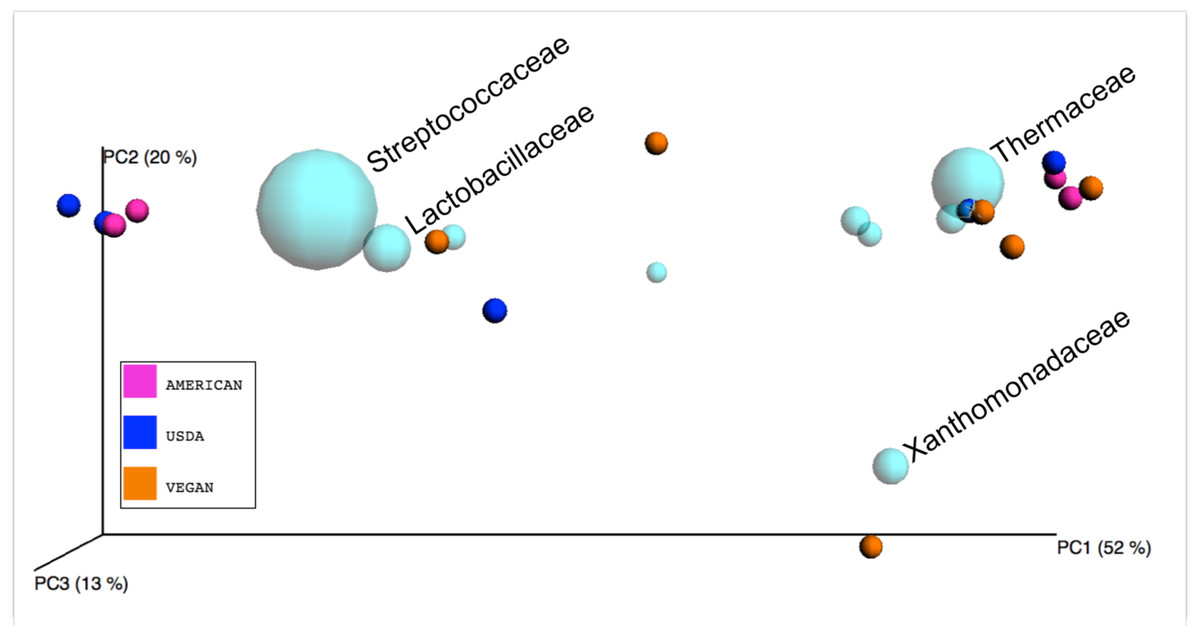Just posting a wrap up of posts on microBEnet (where I blog frequently as do many other folks that work on something related to microbial ecology, the built environment, or the intersection of the two). microBEnet is really becoming a central place to find out what is going on in the world of microbial ecology and the built environment. And I love that we are getting more and more posts from outsiders about their work, their meetings, their ideas and more. Anyway - here is a wrap up of the posts for the last month. If you are interesting in joining microBEnet and writing posts about relevant topics, let me know.
Jenna Lang (staff scientist in my lab) -- meeting reports from a Planetary Protection meeting
Jenna Lang (staff scientist in my lab) -- meeting reports from a Planetary Protection meeting
- Planetary Protection Workshop (Forward Contamination)
- Workshop on Planetary Protection Knowledge Gaps for Human Extraterrestrial Missions (Intro)
My posts:
- Is the MinION thumb drive sequencer taking off? Seems so …
- Interesting analysis of data sharing in paleogenetics #OpenScience
- Great “Hidden Life” (of homes and people) Learning Activity from the NY Times #microbiology
- Important read from Aaron Darling: Not so fast, FastTree
- Fascinating and distressing look at cruise ship turnaround
- Resistance (The Film) coming to UC Davis April 9
- Great #openaccess collection of papers on RNA
- Today in germophobia and antimicrobiomism: grandparents who hate microbes
- I love that @eLIFE is publishing draft papers now (brewery microbiome)
- Evolution of DNA Sequencing 2015 Version
- Methylisothiazolinone in household items – a growing (or well, killing) problem #germophobia
- Cool: James Clemens High School-Hudson Alpha Classroom Microbiome Project
- Well, I guess this means microbiome engineering has arrived (sort of)
- Today in “where’s the pathogen?” Can you find Burkholderia on 500 acres with 50 samples?
- Yes Virginia, there is a paper on microbial transfer during beer pong
- Healthy Buildings 2015 meeting promo / preview
- Best of MicrobiomeDigest: Fisherman’s Friends
- MicrobiomeDigest – your daily fix of microbiome literature
Greg Caporaso from Northern Arizona University on SciPy
David Coil (a staff scientist at UC Davis in my lab)
- Official release of Gut Check: The Microbiome Game “print-at-home” edition
- Nostra culpa: Revised results for the microbial playoffs in space
- Gizmodo article regarding discussing data uncertainty in microbiome studies
Bill Van Bonn (of the Shedd Aquairum) on the Aquarium Microbiome Project
Linsey Marr of Virginia Tech
Alex Alexiev - undergraduate in my lab
Maria Nunez of Mycoteam
Amanda Makowiecki at UC Boulder
Rachel Adams - post doc at UC Berkeley
Ben Kirkup of the Naval Research Laboratory
Embryete Hyde from UCSD
Brent Stephens of the Illinois Institute of Technology
Bubba Brooks from UC Berkeley
Kyle Bibby of the University of Pittsburg






